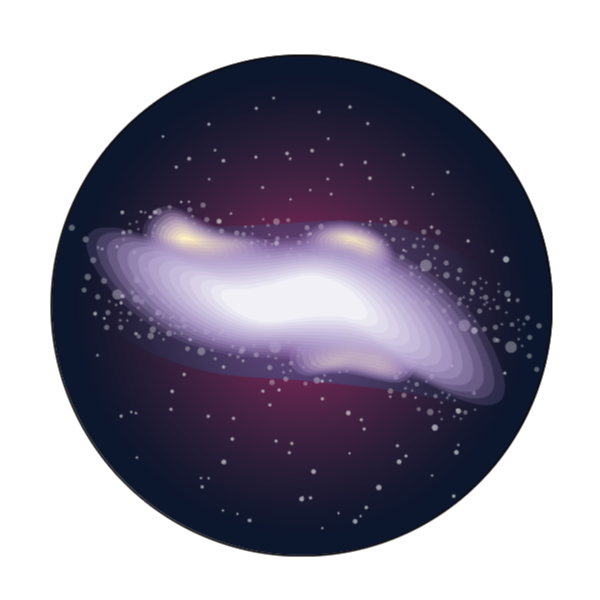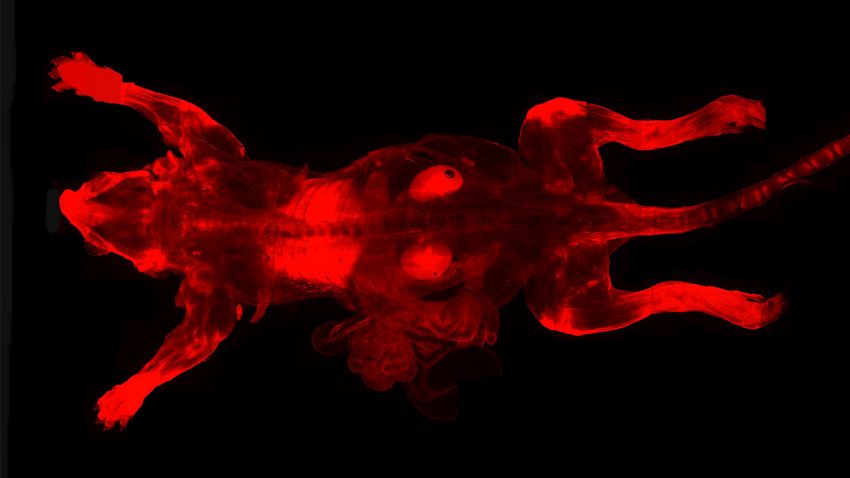Astronomy and stargazing have existed since prehistoric times. Humans are said to have been fascinated by the stars and the night sky for thousands, if not tens of thousands, of years.
Ancient civilizations such as the Babylonians and the Mayans kept meticulous records of astronomical observations, which they utilized to forecast eclipses and create calendars.
While stargazing and astronomy appear to be quite similar and are sometimes confused, it is crucial to note that they are not the same. This article will walk you through the fundamental differences between the two, and to understand it completely we must answer crucial questions: What is stargazing? What is astronomy? How do stargazing and astronomy correlate?
What is stargazing?
Stargazing, often known as amateur astronomy, is the leisure observation of celestial objects and the night sky. It entails seeing stars, planets, constellations, comets, meteor showers, and other celestial events using the naked eye, binoculars, or telescopes, mostly as a hobby.
Stargazers may also utilize star charts, astronomy books, and mobile apps to help them identify and learn about the objects they see. Stargazing has been popular for thousands of years as a way for individuals to interact with the universe and consider their position in it.
What is astronomy?
Astronomy is the scientific study of celestial objects and processes that originate outside of the Earth’s atmosphere, such as stars, planets, galaxies, and the whole universe itself. Astronomers study the behavior and evolution of these objects, as well as the universe as a whole, using observations, theoretical models, and physical principles.
Astronomy has a rich history and it has produced several significant contributions to our knowledge of the universe and our role within it. Today, astronomy is an active and intriguing science, with new discoveries being made all the time as technology and data improve. Astronomers are now able to use computer simulations and mathematical models to learn more about celestial objects and the universe with in-depth clarity.
Beautiful illustrations from outer space
For stargazers to astronomers, Mind the Graph has the largest scientifically accurate illustrations gallery in the galaxy. Search among 70,000+ illustrations in more than 80 study fields and take your work to another level with stunning scientific visuals. Got curious? Go check it out!
How do stargazing and astronomy correlate?
Now that the question “what is stargazing?” and “what is astronomy?” has been addressed, it’s time to figure out where these two correlate and how they function together.
In some ways, astronomy originated from stargazing. As previously stated, people have been observing the stars and other celestial bodies in the night sky for thousands of years, both for practical uses such as navigation and for cultural and religious reasons. This primitive type of stargazing eventually gave rise to astronomy as a systematic and scientific examination of the universe and its elements.
As telescopes were built and improved, and our understanding of physics and chemistry expanded, astronomy evolved into a more exact and complex science, starting in ancient Greece, with significant contributions from astronomers such as Galileo Galilei, Isaac Newton, and others. The growth of astronomy serves as the cornerstone for many of today’s technical achievements, from GPS navigation to advances in medical imaging.
The primary difference is that stargazing is an amateur hobby, whereas astronomy is now a scientific study.
The association between stargazing and astronomy is still strong. Many stargazers continue to observe the night sky as leisure, and many professional astronomers still do it for personal enjoyment.
Discoveries in Astronomy

NASA Discoveries
Through many missions and observations throughout the years, NASA has achieved several major discoveries in the fields of astronomy and space research. Among the most important and notable findings are:
- Exoplanet discovery: Kepler spacecraft identified hundreds of exoplanets, many of which are possibly habitable.
- The structure of the Milky Way: NASA’s Spitzer Space Telescope revealed new details on the structure and composition of the Milky Way.
- The universe’s age and composition: NASA’s WMAP (Wilkinson Microwave Anisotropy Probe) mission established the universe’s age of 13.8 billion years and assisted in determining its structure.
- The development of galaxies: NASA’s Hubble Space Telescope has shed light on the origin and development of galaxies.
- Water on Mars: NASA’s Mars Reconnaissance Orbiter and other missions have already given compelling evidence for the occurrence of liquid water on Mars.
ESA Discoveries
The European Space Agency (ESA) is another agency that studies and explores space, and it has made numerous significant discoveries, including:
- The presence of dark matter: XMM-Newton X-ray observatory was crucial in proving the existence of dark matter, which is thought to account for a considerable amount of the universe’s mass.
- The development of stars and planets: The Herschel Space Observatory revealed new information about the origin and evolution of stars and planetary systems.
- Black holes: The INTEGRAL (International Gamma-Ray Astrophysics Laboratory) mission has significantly contributed to our understanding of black holes and their significance in the cosmos.
JAXA Discoveries
The Japan Aerospace Exploration Agency (JAXA) has contributed to astronomy with the following discoveries:
- The universe’s X-ray background: The Suzaku X-ray observatory has made significant contributions to our knowledge of the universe’s X-ray background and its origins.
- Comets and asteroids: The Hayabusa missions to asteroids Itokawa and Ryugu have revealed significant details regarding the composition and development of these tiny bodies.
- Sun research: JAXA’s Hinode solar observatory has revealed fresh insights into the Sun’s workings and its influence on the solar system.
QTT Discoveries
The Xinjiang Qitai Radio Telescope (QTT) is a massive radio telescope in the Chinese province of Xinjiang. It was finished in 2020 and has a primary dish diameter of 100 meters, making it one of the world’s biggest radio telescopes. The usage of QTT has resulted in the following discoveries in astronomy:
- Interstellar medium: The QTT has been used to explore the ionized gas and dust between stars, revealing new knowledge about the physical and chemical conditions in this area.
- Fast Radio Bursts (FRBs): The QTT has been used to identify a number of Fast Radio Bursts (FRBs), which are quick and strong bursts of radio waves from outer space.
- Pulsars and other radio emitters: The QTT has been used to analyze a variety of pulsars and other radio emitters, yielding new information about these interesting astronomical phenomena.
- Cosmic microwave background radiation: The QTT has been used to make accurate measurements of the cosmic microwave background radiation, yielding new knowledge about the early universe.
Visually appealing figures for your research
Choosing the most appropriate and appealing figure for your research might be challenging since different types of figures are best suited to different sorts of data. To make this a minor concern in your research, Mind The Graph is the ideal tool for you to select the appropriate imagery to enhance your research in easy steps. Start leveraging the power of infographics right away!


Subscribe to our newsletter
Exclusive high quality content about effective visual
communication in science.




